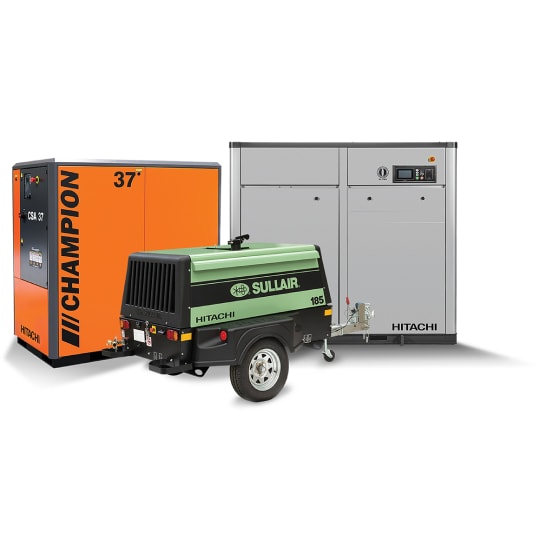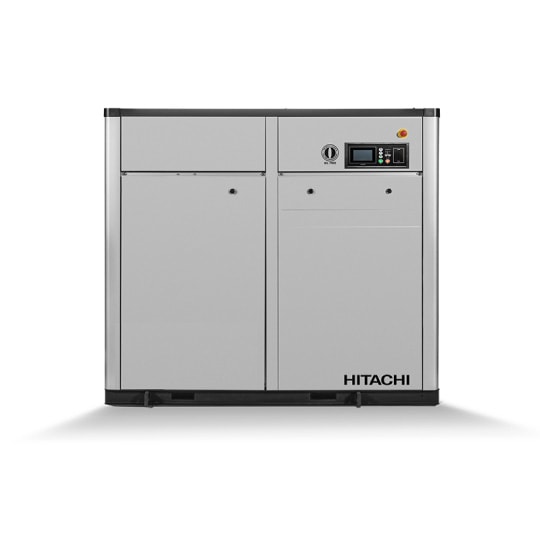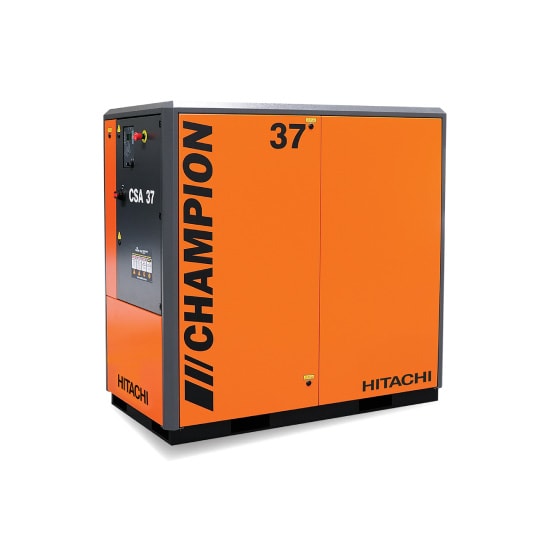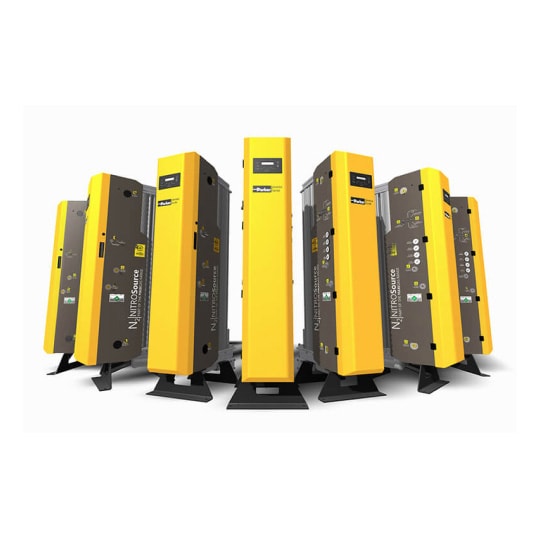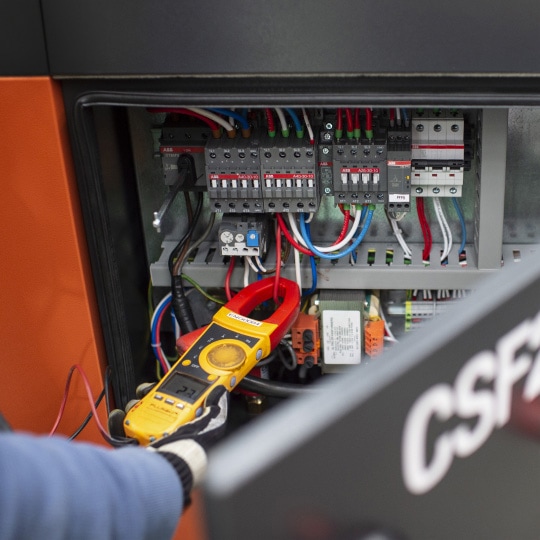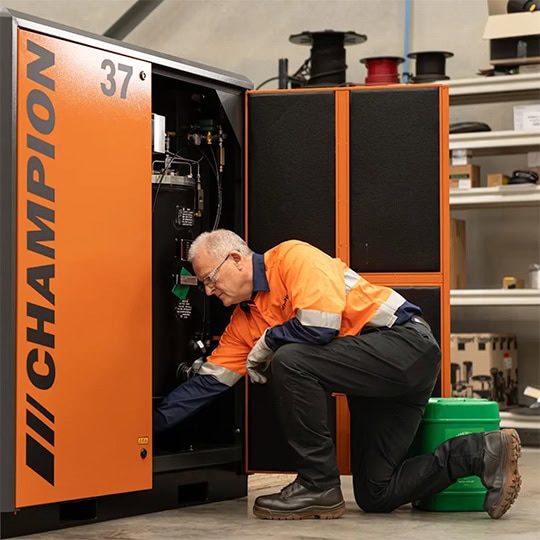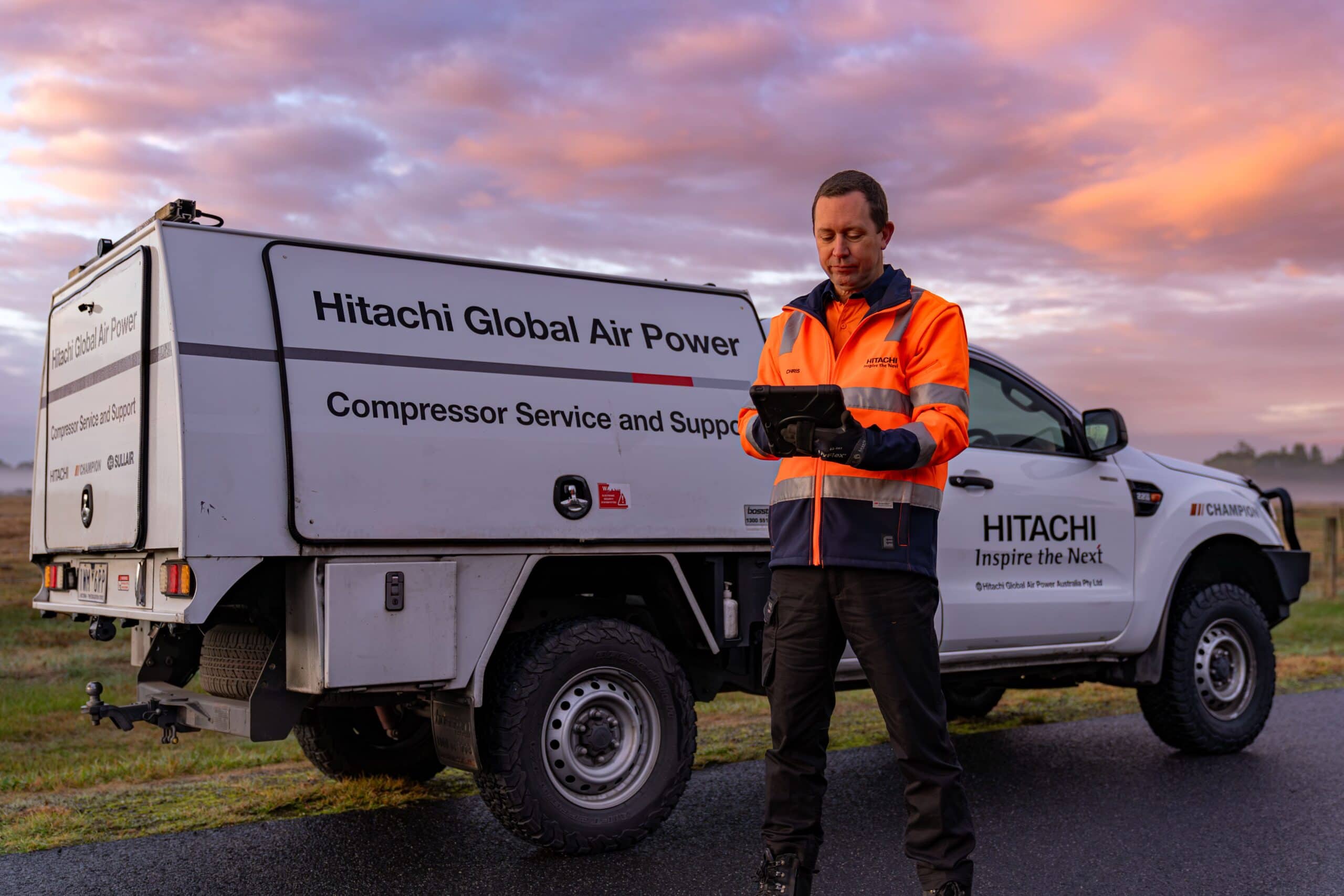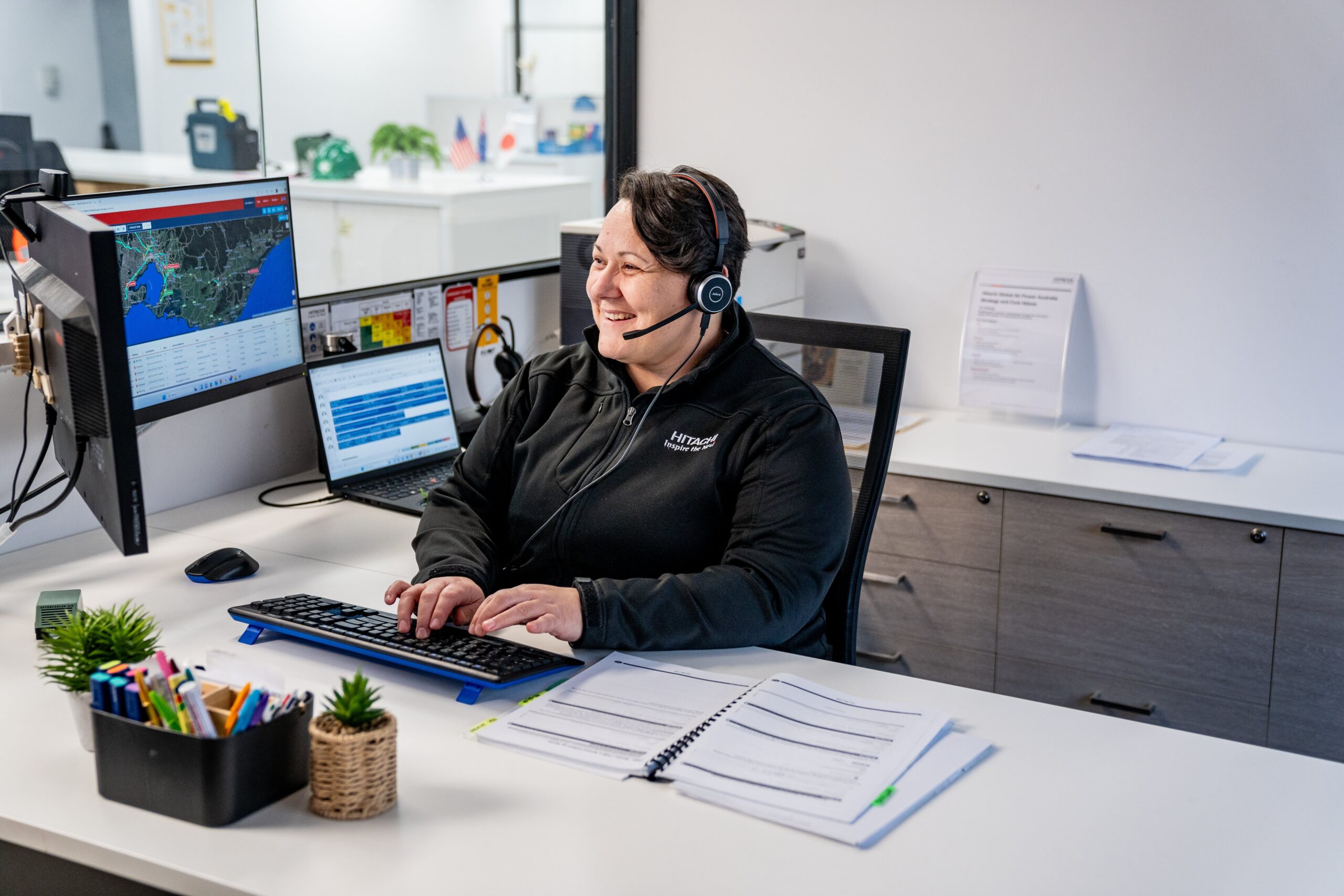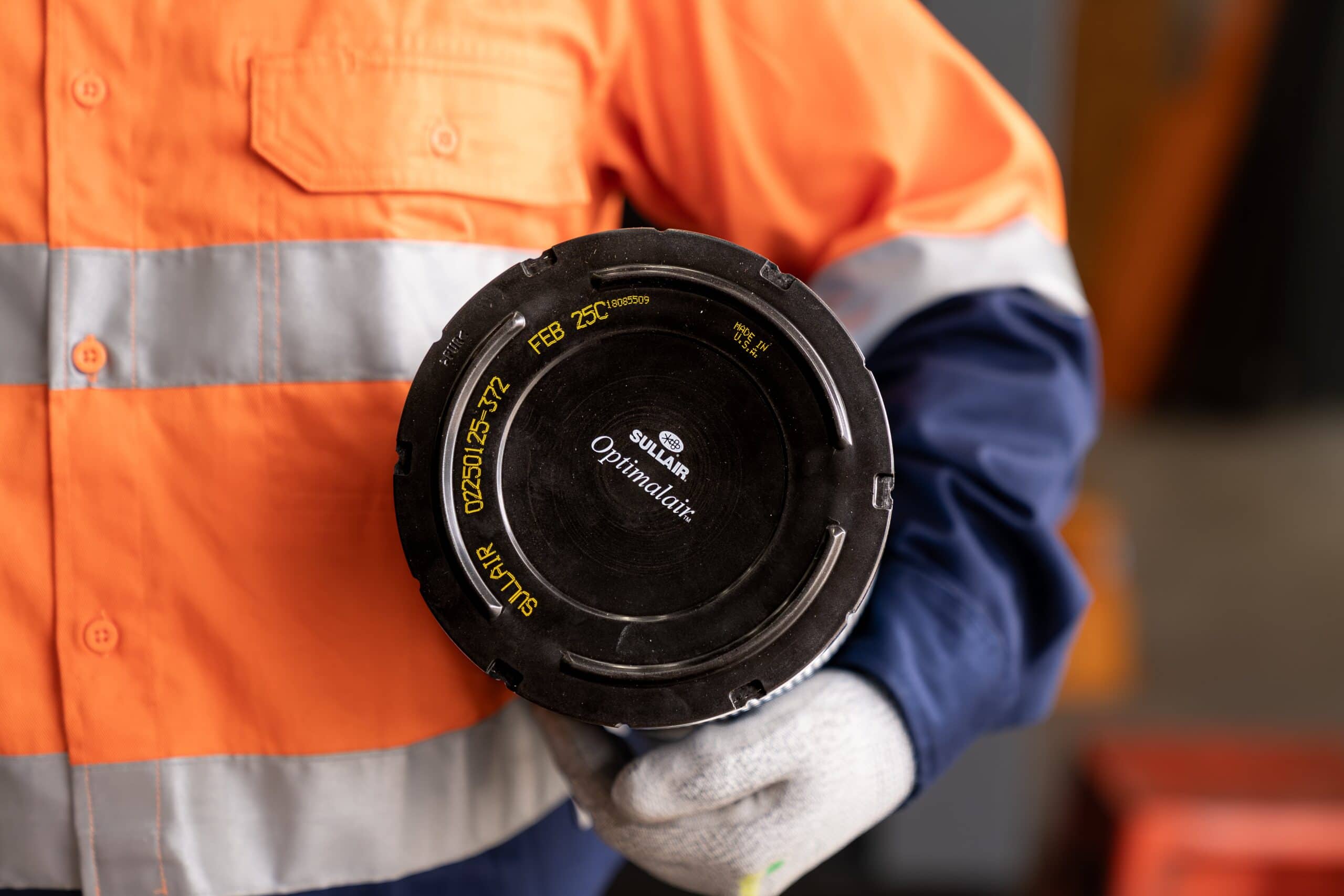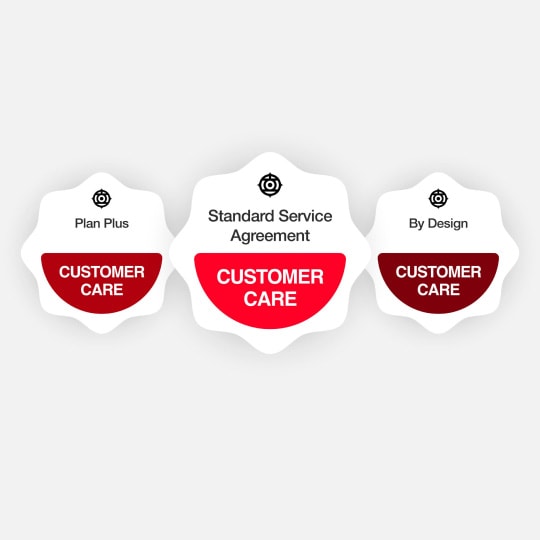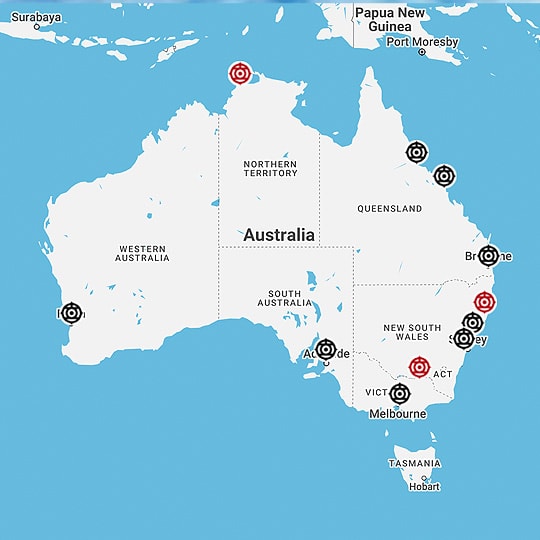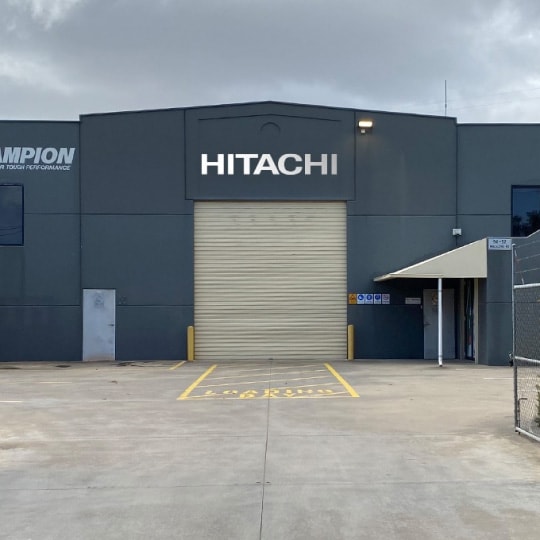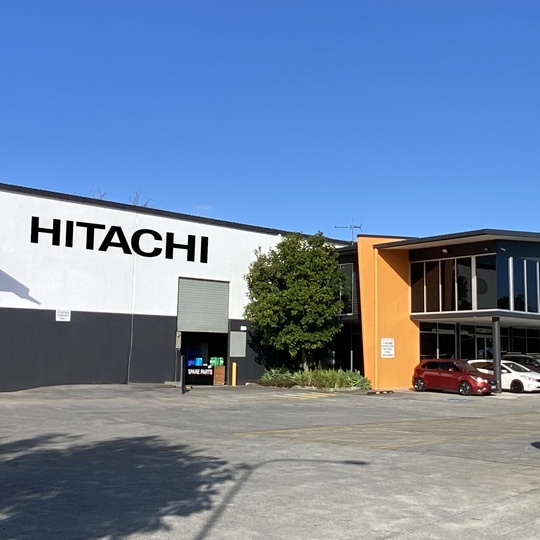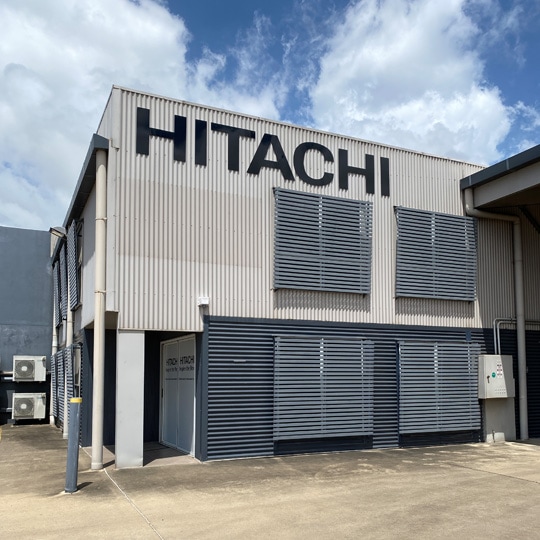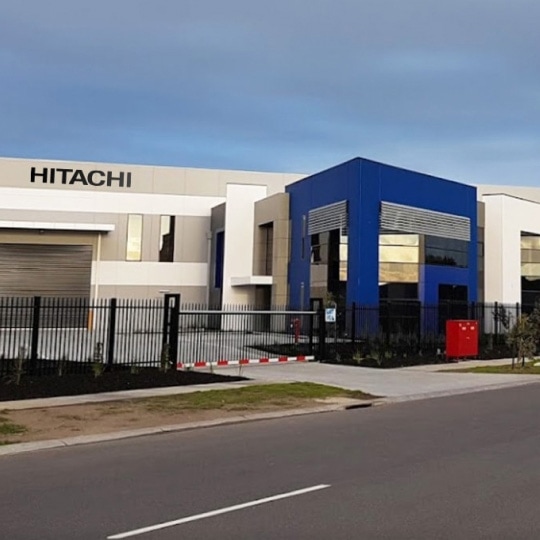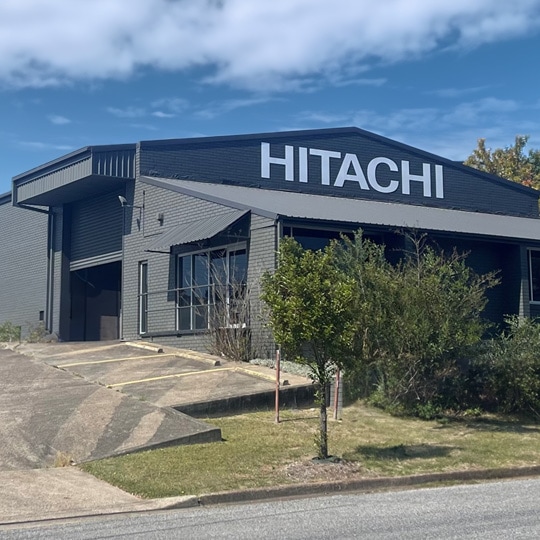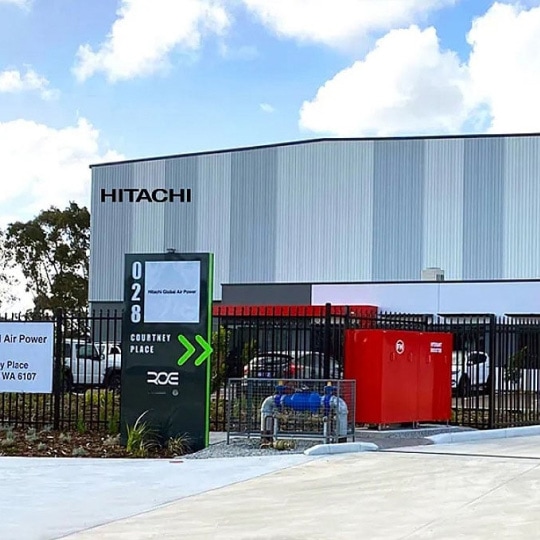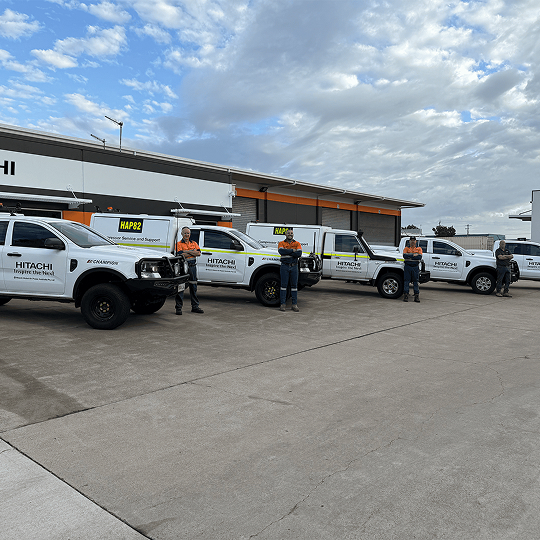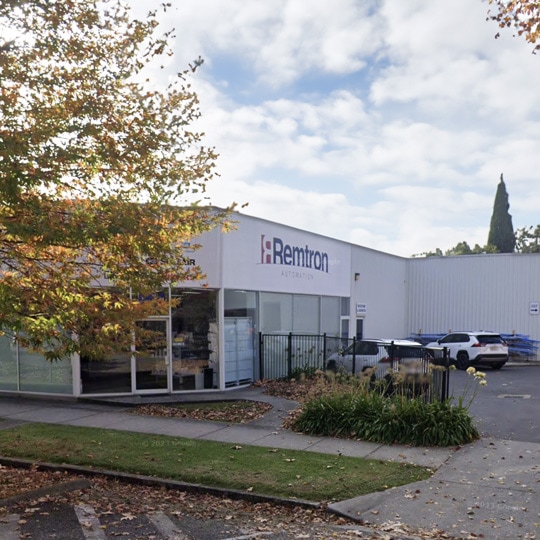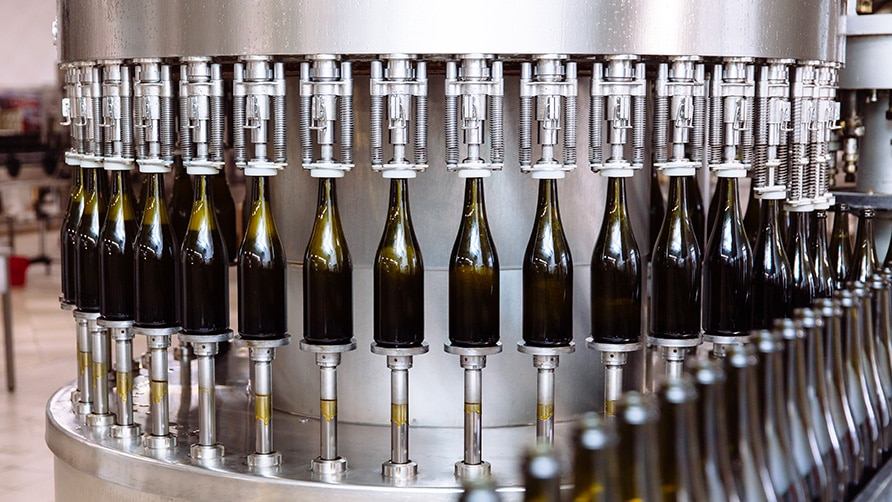
Wine production has grown rapidly in the past few decades – especially in Australia. According to Wine Australia’s most recent report (Dec 2021), Australia produced 1.48 billion litres of wine in 2020-2021. We are the 5th largest wine producer in the world, as well as the 5th largest exporter of wine globally.
While wine is produced in all states across the country, South Australia is responsible for 52 percent of the wine produced in Australia, with New South Wales (24%) and Victoria (15%) also contributing their share.
Regardless of location however, there is one thing all these wine producers have in common. Compressed air is an integral part of the winemaking process, from the crushing of the grapes to the mixing and blending, then bottling. Many producers also generate their own nitrogen onsite for a range of purposes.
Crushing of Grapes
Of course, the first stage of wine production after picking is the crush. This gets the grape juices flowing and is the next step for turning fresh grapes into wine. As the grape skins are broken, the juices mix with the grape skins, which absorb the flavours, colours, and tannins crucial for great tasting wine. The crush involves sophisticated machines utilising a high quantity of compressed air. The machine is comprised of a small compressor and air accelerator that begins the process of filling the air bladder that crushes the grapes.
Nitrogen generation
Nitrogen generation is also an important part of wine production for many facilities. Nitrogen is used to remove oxygen from bottles and tanks, as oxygen is very damaging to wine. Nitrogen is put in bottles prior to filling, also known as sparging, and then a small amount is added after filling to ensure no oxygen is present before corking. It’s also used to sparge tanks and displace oxygen during filling.
Mixing and blending
In mixing and blending, pulses of air are released at the bottom of the tank. Large, flat bubbles are formed, rising to the surface, and creating a vertical mixing action. As bubbles break the surface, they push liquids across the top and down the sides, completing the circulation.
Bottling
Sparging uses nitrogen forces to remove unwanted air from the wine bottles. In this process, the bottles are turned upside down and an initial blast of air removes any particles. As the bottles are rotated upright, they are filled with nitrogen to purge out oxygen, which is harmful to the wine.
After filling, the bottle travels to a corking machine (corker) where the cork is compressed and pushed into the neck of the bottle. While this happens, the corker vacuums the air out of the bottle, removing any remaining oxygen.
After filling and corking, a plastic or tin capsule is applied to the neck of the bottle. The bottle then enters a labeller, where the wine label is applied. The product is then packed into boxes and is ready for shipment to homes and establishments around the world. Many of the bottling lines use compressed air for instrumentation and actuation.
Blending it all together
Historically many wineries used oil-flooded industrial air compressors with filtration. Today however, a growing number of wineries are instead opting for oil-free compressor solutions to mitigate the risks of oil contamination in their product. Either way, whether choosing oil free or oil-flooded air compressors, a dependable compressed air solution is paramount to the winemaking process.
Interested in finding out more?
Explore our range of food and beverage industry related products.

